Talk Overview
In this lecture about digital image analysis, Nico Stuurman describes how digital cameras for microscopes work, what a “pixel” is, Nyquist sampling, the dynamic range, noise, and color cameras. The features of an image are described, included bit-depth, intensity scaling and histograms, file formats and basic image processing.
Questions
- According to Nyquist sampling, which camera pixel size will be a reasonable match for a microscope with 250 nm resolution and 100x magnification?
- 25 μm
- 2 μm
- 8 μm
- 250 μm
- 50 μm
- How many grey scale values are there for a 12 bit image?
- Which of the following file formats is the worst if you want to store a 8-bit image without loosing information?
- JPEG2000
- JPEG
- GIF
- TIFF
- Camera noise will decrease with faster readout rates. True or False.
- Which of the following is false?
- Photon shot noise scales linearly with the number of photons
- Quantum efficiency in a ccd camera is the the probability in which an absorbed photon will be converted to an electron.
- Color cameras are less light efficient than black-and-white cameras.
- A 16 bit image must be scaled to 8 bit to be displayed on a monitor.
- An intensity histogram displays how many pixels have a particular grey scale value in an image. True or False?
Answers
View AnswersSpeaker Bio
Nico Stuurman
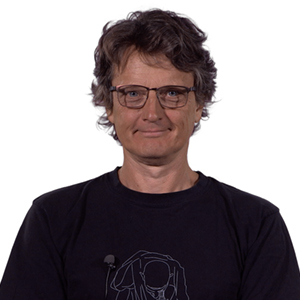
Nico Stuurman is a Research Specialist at the University of California, San Francisco, in the lab of Ron Vale. Nico combines his expertise in computer programming and microscopy to advance many projects including the Open Source software, Micro-Manager. Continue Reading
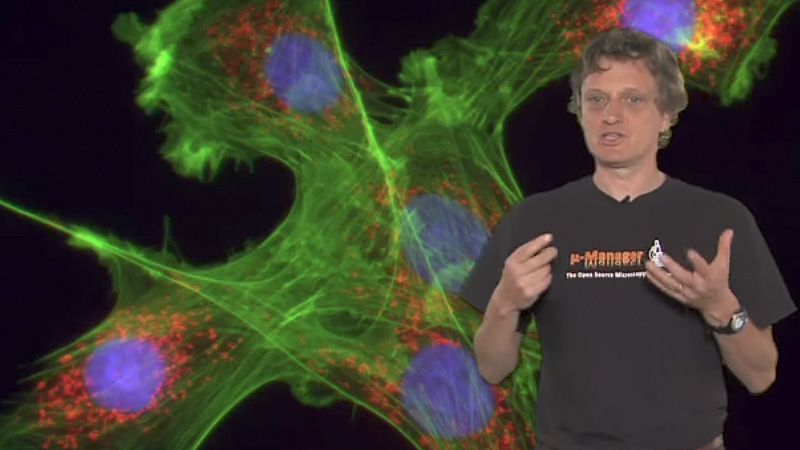
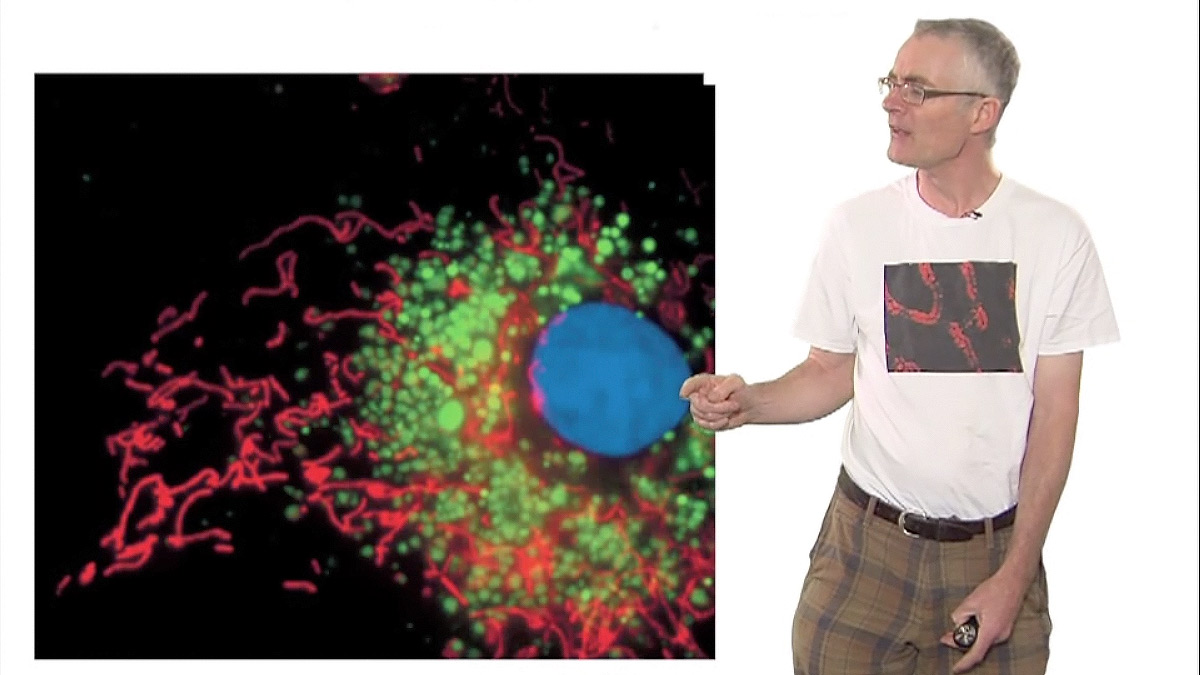
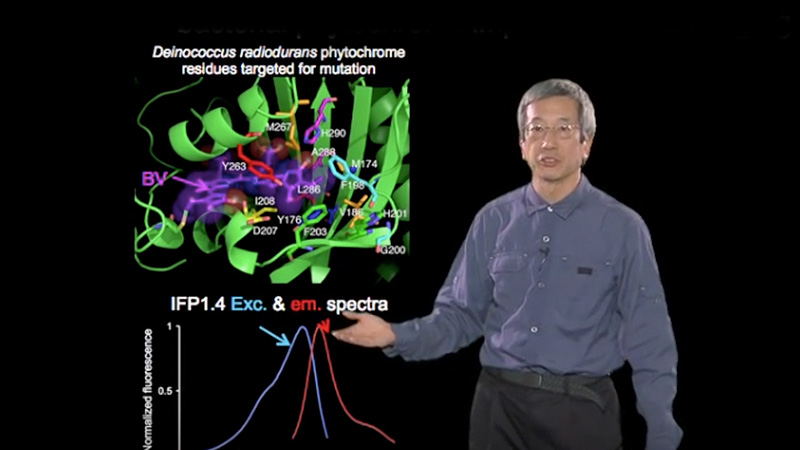
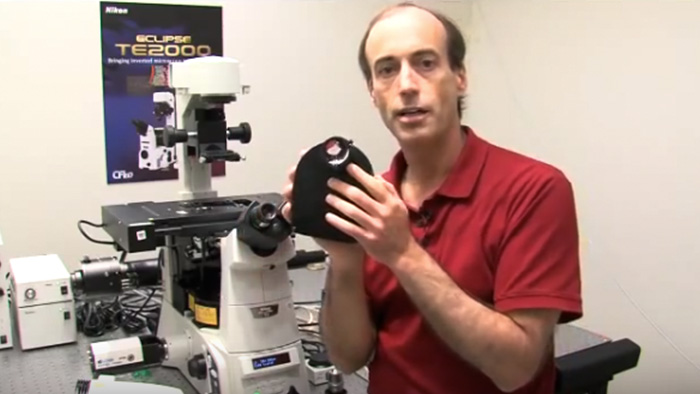





Leave a Reply